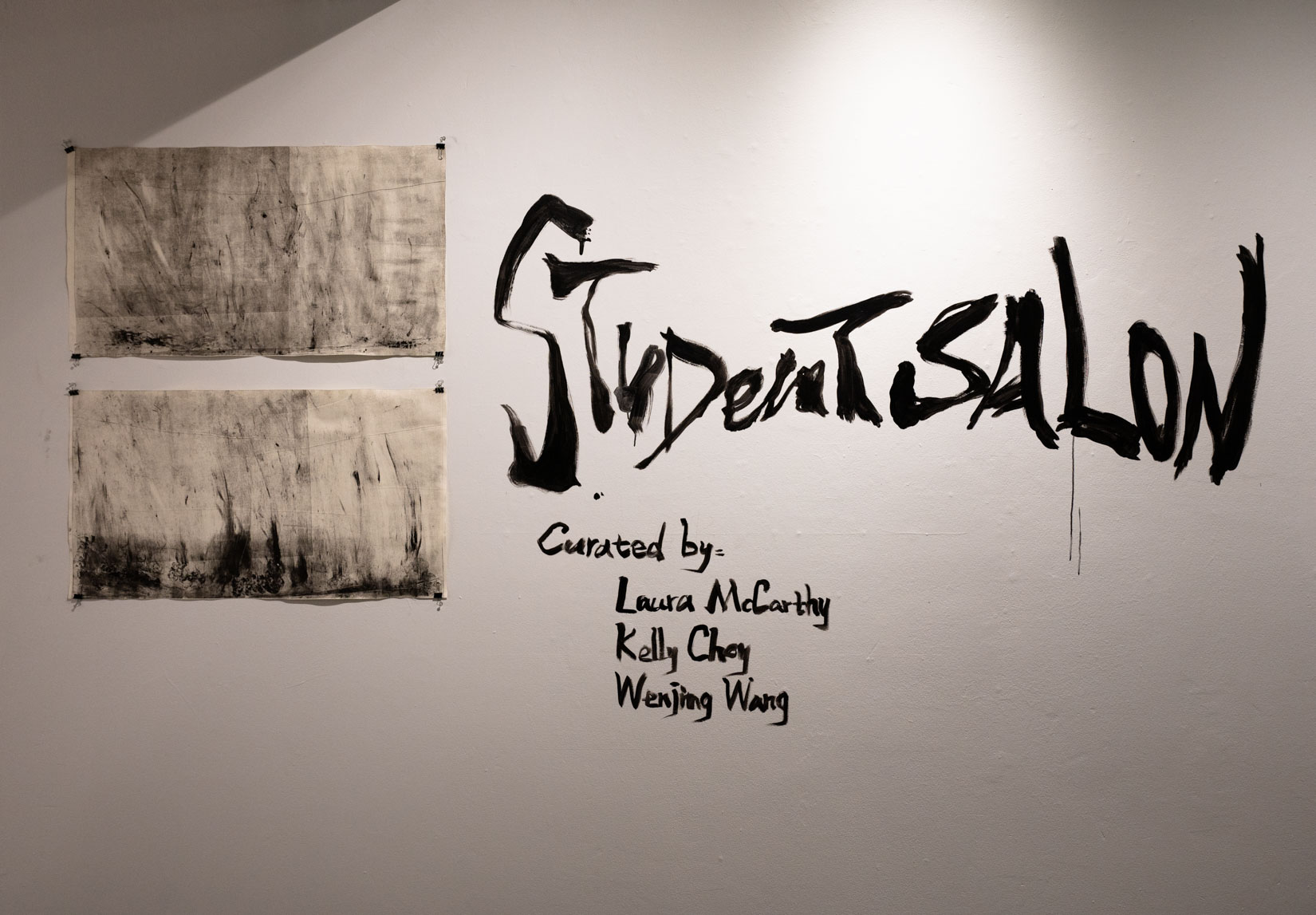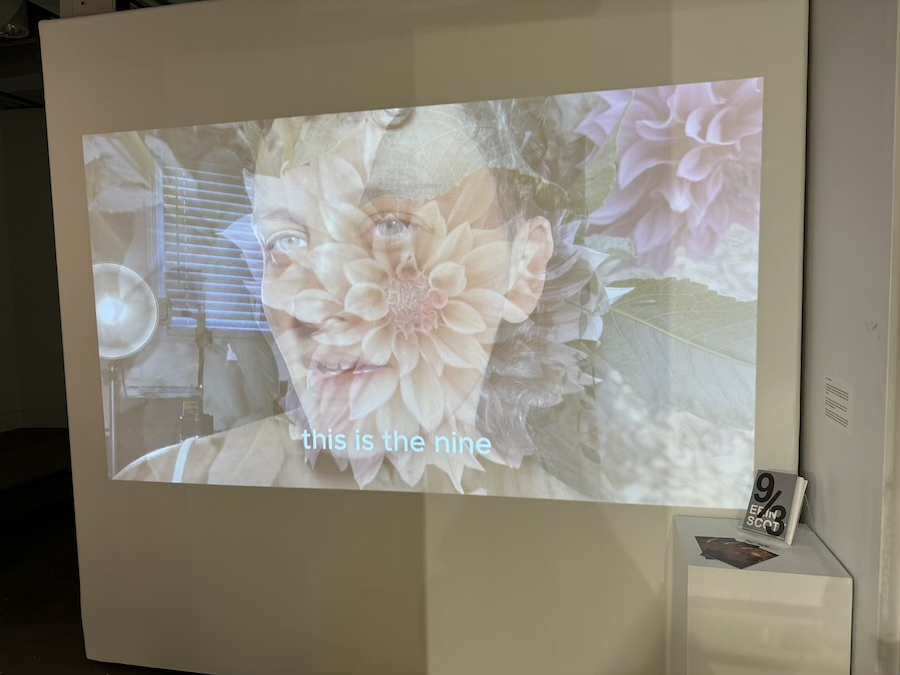zev tiefenbach // salmon arm, bc. december 25, 2021
The Alternator Centre, Kelowna, is showcasing zev teifenbach’s collection of 30 lightboxes that document a cold evening in Salmon Arm almost 3 years ago. ‘A polar vortex was incoming and I photographed the empty streets and brightly lit houses as I pushed through the wind and driving snow. The images have text superimposed on them that tells a story. A...

 Follow
Follow







